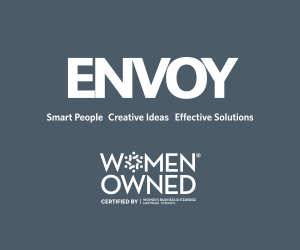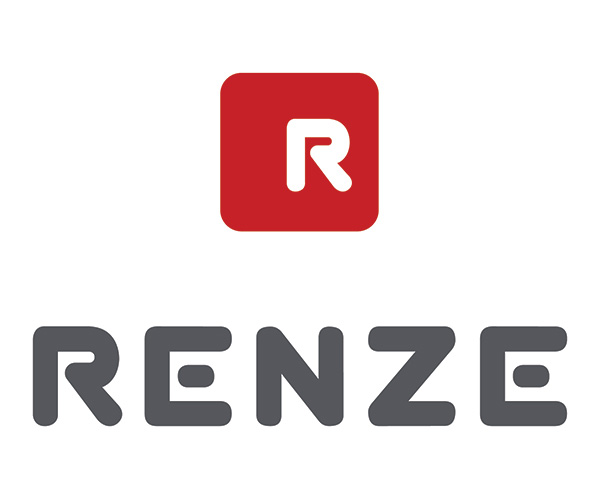Contributed by Teonne Wright, AAF Omaha Board Member & Education Committee Co-chair
In case you missed it, Hayley Goleniowska of Huffington Post United Kingdom, posted a column titled ‘Diversity and Inclusion: Ads That Shape Society’. Read more below.

When Natty was born we were all struck by her petite fragility.
Her features seemed so prefectly-proportioned for a baby.
That feeling that she would ‘grow into’ her ears, that I had noticed when I looked at her elder sister as an infant, wasn’t there. She resembled a perfect little china doll. Before she was born I would probably not have associated Down’s syndrome with beauty. I was probably conditioned by the images we see all around us; our media, art, literature and our advertising messages.
Suddenly I was struck by how equally beautiful all children are, just in different ways. Natty had a unique look, so delicate and perfect. Others obviously thought the same, because they used to cross the street to tell us how very pretty she was. Maybe there was an element of wanting a closer look at the little baby in the sling, may some were surprised to find that Down’s syndrome is beautiful, but I always stopped to chat. To each and every one of them. I never once got annoyed at people for staring, I drew them in to conversation and left them smiling. And they all went home with a slightly different perception of Down’s syndrome.
This is where we began changing perceptions of Down’s syndrome from within hearts without even realising it. It was small scale, we were educating one person at a time, but the shift had started.
When Natty was about 12 months old, I recall walking past a shop window and seeing a small poster in a shop window with a happy family group advertising snuggly fleeces. The girl in the photo had Down’s syndrome. She was about eight years old and gorgeous. My heart skipped a beat. Never before had I seen a child with Natty’s condition represented in advertising. When I got home I began to wonder why this image had stood out so for me. Why was this a wonderful but exceptional event, worthy of such note?
The shop was Weird Fish. They were ground-breakers. The year 2008. Surely by then our society should have already been more inclusive.
Years passed, Natty grew, I began blogging and writing about our experiences, and the thoughts of inclusive advertising that truly represented everyone within society came to the fore. I began writing around, approaching companies with my request to see our beautiful Natty in their glossy pages. After all, society should be reflected as it is.
Many polite rejection letters and then a yes! The rest is history of course and Natty has featured in various high profile campaigns. She enjoys every minute of it and the boost to her confidence has been vast. Of course she is a natural diva and a show-off, which helps as well.
More and more companies are now seeking to include models with disabilities in their campaigns. Large scale companies such as Marks and Spencer and Sainsbury’s are helping broaden our narrow visions of beauty.
We have far to go of course and maybe one day models who use a wheelchair will feature in mainstream images in our high street chains.
Natty is just a little girl first and foremost, but seeing her in these ads shines a light for new parents and shows just what a natural part of life Down’s syndrome is. It sends out a message to Natty and her peers that they are valued and accepted for exactly who they are and furthermore, it shout from the rooftops that children with disabilities love funky fashionable clothing and having fun with their friends just as much as the next child.
Our kids are not going to be hidden from view any longer. And soon talking about their presence in every arena of life will not be newsworthy.
Or so I hope…
To see the original article, please click here.




